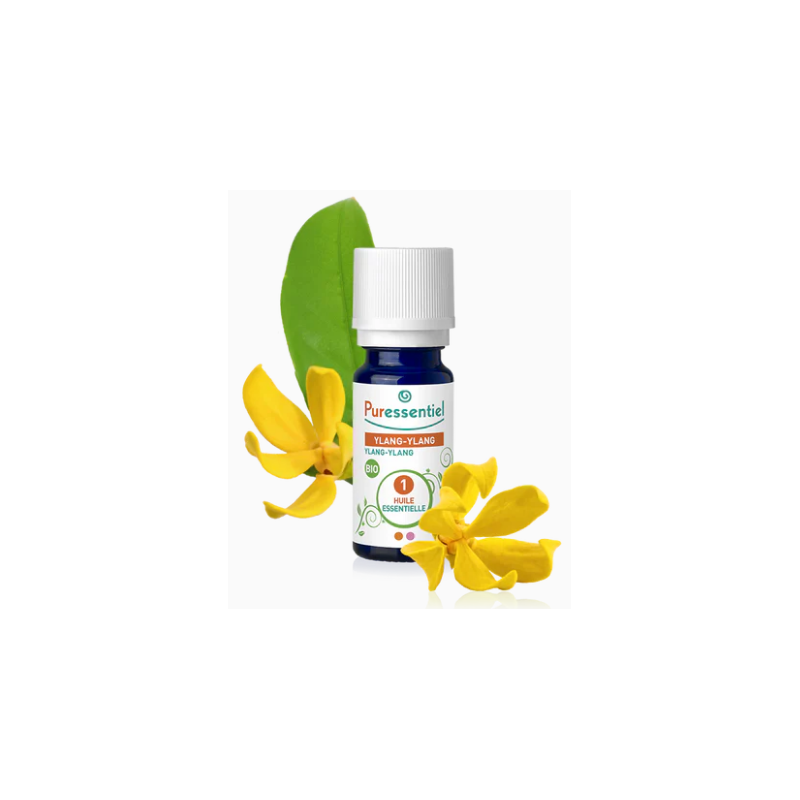Floral, ylang-ylang essential oil is jasmine and slightly woody. Generally native to Southeast Asia, ylang-ylang grows wild in the hot, humid forests of Indonesia and the Philippines. It is grown in the Pacific Islands, but especially in Madagascar, the Seychelles and the Comoros, which are important producing countries.
Description of Ylang Ylang essential oil
Family: Anonaceae Origin: Comoros Producing organ: flower Type of odour: sensual, intoxicating, sweet Possible uses: Apply onto the skin: Yes +++ (it needs to be diluted otherwise risk of skin reaction if applied in its pure state) Swallow: Yes + Inhale: Yes ++
Main properties
Stimulant for everything: physical, mental, sexual, psychological And also Tones hair and skin Mental Effect Anti-depressant, deep relaxation
Main indications
Sexual tiredness (woman and man) All types of agitation (stress, panic, bad sleep, excessive shyness, “lack of energy”...)
How to use
Aphrodisiac : Rub the lower back with 10 drops diluted in 30 drops of sweet almond vegetable oil and then massage the whole body. + Diffuse a few drops into the atmosphere with a diffuser.
Aphrodisiac and de-stress : Bath: Pour 5 drops of ylang ylang in a tablespoon of base for the bath (or milk), then put it in the hot bath.
Hair : Add 1 drop of ylang ylang into your normal dose of shampoo.
Skin : Apply a few drops of pure oil onto clean skin just before applying a moisturising cream OR mix 5 drops with your moisturising cream.
Other indication: Pour 3 drops of ylang ylang into a bowl of boiling water and give yourself a “hammam facial”. Cover your head with a towel then “shut away” your face in the ylang ylang vapours. Do not go outside into polluted areas afterwards.
Contraindication
If you regularly apply ylang ylang (massage) or if you have sensitive skin, it is better to dilute the oil in vegetable oil (for example Argan). Like all essential oils the ylang ylang oil is not allowed during the first 3 months of pregnancy as well as during breast feeding.




